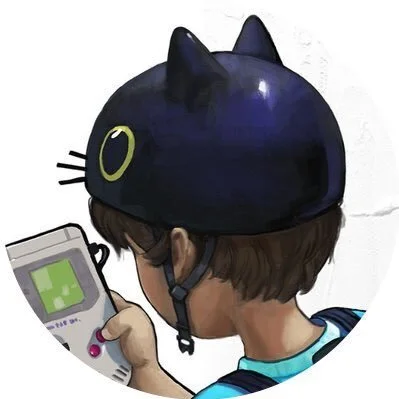For the last year I’ve been teaching myself how to make art using 3d modeling software. Up until now I’d always considered myself a 2d artist/illustrator/painter and I found working in 3d to be cumbersome and un-fun. But in the last few years my illustration work has become more mechanical, more detailed, and I began to find the fun in the tedium. I began to visualize everything I was drawing/painting as three dimensional objects, so, realizing those same drawn objects in a different software was less of an abstract mental leap.
Another factor in my decision was that the demands of commercial work in terms of speed and accuracy meant that doing complicated perspective drawing and re-drawing the same objects from multiple vantage points was a too time-consuming for production schedules. My friends and I started learning sketchup together to build sets at our old job. It was a huge benefit to the project as a whole and even after we each eventually went our own ways to different companies, those skills and processes stuck around.
In March of last year I bought a bundle of Blender tutorials from Vaughn Ling and set to work learning Blender. I decided to start with something simple and followed along with the video steps to model an NES controller.
Next, I set about doing the most advanced tutorial in the bundle, a sci-fi cargo ship. Looking back, I’m honestly kind of amazed that I took this as far as I did, and how amazing Blender’s renderer viewport is.
I also got a commission from a friend for a prop design for a film he was pitching and thought it would be fun to model it for him. It was really fun to interpret my own 2d design into a fully rotatable prop. Again, looking back over a year later I’m kind of amazed at how detailed I was able to model in Blender. Since then I’ve been working entirely in Maya for reasons that I’ll explain below, but upon reflection, it might make sense to go back to Blender for some things.
The problem with these models and this approach to modeling for me was that they are non-functional models, and I wanted to be able to build game assets. So, I watched a bunch of youtube videos and went back to something really basic (a barrel prop, which I ultimately gave the rights to my employer and have decided not to post here) in order to learn UVing/unwrapping. I also decided to switch to Autodesk Maya for work, so this was one of my last Blender models. Maya has much better unwrapping tools and is better suited to game development (although Blender is perfectly valid, and is better in some ways).
Another reason I switched to Maya was that I decided to take an environment modeling class and that was the recommended tool. I won’t share all of the work from the class here since it’s already documented on my artstation and I will be adding it here once I rebuild my portfolio, but here’s one image.
Most of my work I can’t share for obvious reasons, but I did work on a few personal project hard surface models in Maya. These I tried to build with good topology, but I hadn’t decided if I wanted to just do beauty models or try to make game objects. I was mostly using them as exercises to learn. Below is a prop challenge designed by Alex Senechal. I learned a lot working on this, but ultimately never really took it to final. I ran into a lot of issues with how Maya handles booleans and discovered some areas I wanted to focus on for the future.
Also, around the same time I continued work on a much older design that I had initially blocked out in sketchup in 2016 when I was first getting into 3d. It’s a sort of mashup of a Russian prototype aircraft and a modern VTOL. This one I never took past WIP stage and it has many of the same issues as the above model. [edit: removed the design since it’s bad, and this was a long time ago]
Since then I decided to put modeling my personal design on hold and am doing a version of the B-Wing from Star Wars as another learning exercise. I found that with my own designs I was too willing to change the design while modeling, and that certain things were tempting to build along edge loops, rather than building them properly/to spec. I figured doing another exercise where I couldn’t modify the design would re-enforce better building discipline. I am also going to take another class to learn to overcome some of the blockers I mentioned above.
I’ll probably share updates here as I go. Thanks to anyone for reading.

